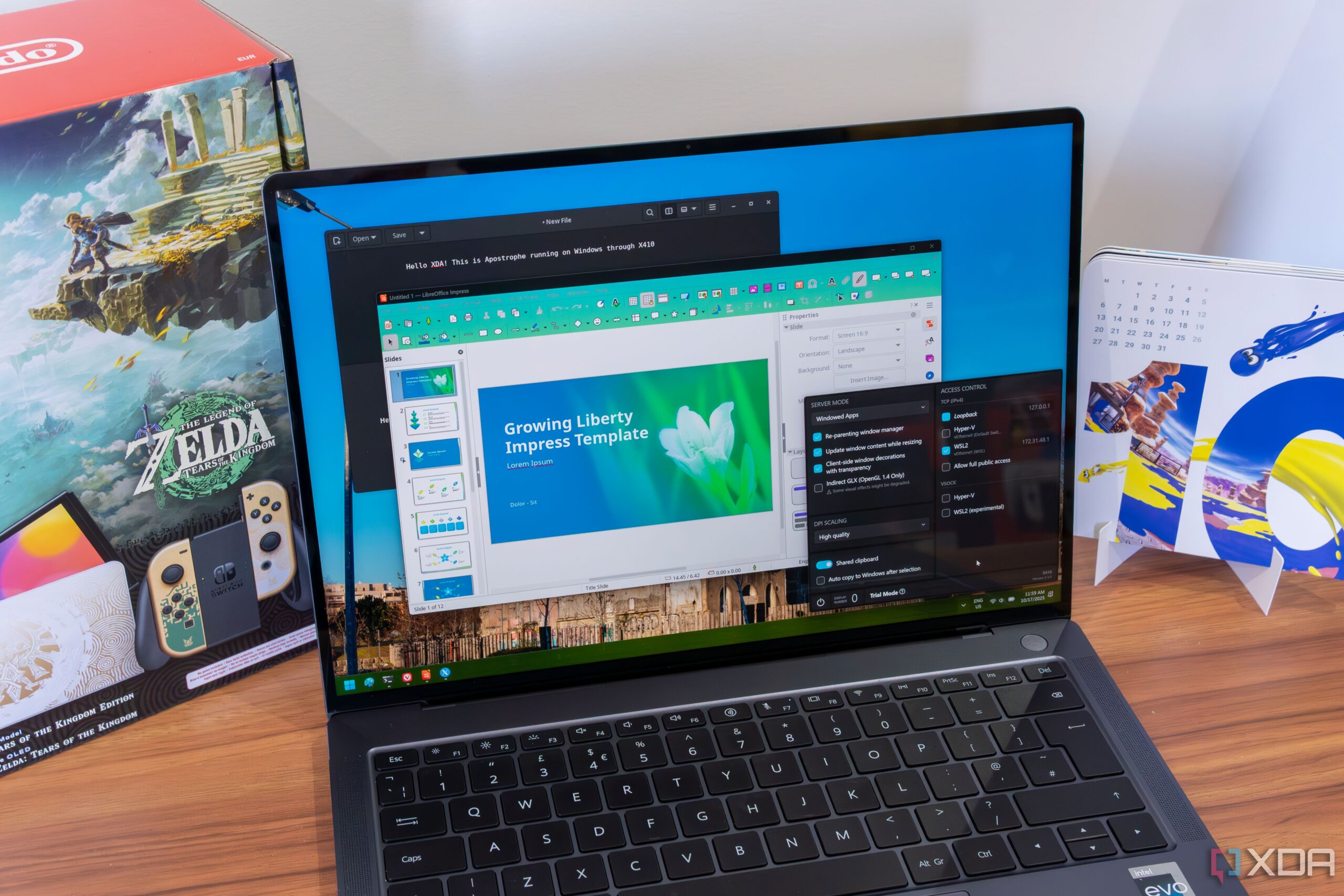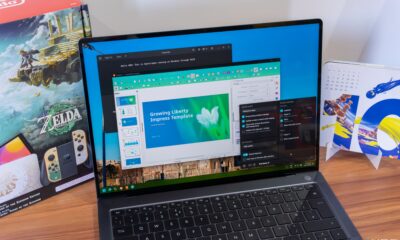Technology
X410 Revolutionizes Linux App Experience on Windows Desktop

The release of X410 has introduced a powerful new tool for users looking to run Linux applications on Windows. Unlike the existing Windows Subsystem for Linux (WSL), X410 integrates Linux apps into the Windows desktop environment, enhancing usability and performance. This tool allows for direct connection to Linux applications without the constraints typically associated with virtualization solutions.
Understanding X410’s Functionality
X410, short for “X SERVER 4 W 1 ND 0 WS,” is designed to deliver a seamless experience when running Linux applications on Windows. Unlike WSL, which relies on the Remote Desktop Protocol, X410 establishes a connection via TCP/IP or SSH. This distinction broadens its potential applications, enabling users to run Linux apps not only from WSL but also from Hyper-V virtual machines and remote Linux desktops.
One of the most notable features of X410 is its ability to render Linux applications with native Windows frames. This approach allows users to manipulate application windows much like they would with standard Windows software. Resizing and moving windows becomes significantly smoother compared to the traditional WSL method, where such tasks can be cumbersome and unreliable.
Performance and User Experience
The performance improvements offered by X410 are particularly striking when tested alongside WSL. Users can display Linux applications in individual windows or create a virtual floating desktop for a more organized workspace. Despite WSL’s capabilities, many users find that X410 creates a more responsive and visually integrated experience.
For example, applications like Apostrophe and Foliate demonstrate better window management under X410. While some Linux-style frames may still appear, the overall user experience, including window resizing, is far superior. X410 also enhances scaling options, allowing Linux apps to respond more accurately to Windows’ display settings, providing a more visually coherent experience.
Nevertheless, the setup process can present challenges. Users must configure a DISPLAY environment variable to connect their Linux instances to X410. This configuration can be frustrating, particularly when the variable defaults back to an unresponsive state after system restarts. While alternative connection methods exist, such as using localhost IP or experimental VSOCK support, these options currently lack comprehensive documentation.
Despite the initial hurdles, the advantages of using X410 are clear. Many users find the tool’s benefits outweigh the setup difficulties, especially when seeking improved performance for Linux applications on a Windows platform. X410 not only enhances the user experience but also stands out as a compelling alternative for those looking to integrate Linux applications more effectively within the Windows ecosystem.
In conclusion, while WSL continues to provide a functional environment for Linux apps, X410 redefines the expectations for performance and usability. As users increasingly seek efficient solutions for running cross-platform applications, tools like X410 exemplify innovation in bridging the gap between operating systems.
-

 Technology4 months ago
Technology4 months agoDiscover the Top 10 Calorie Counting Apps of 2025
-

 Health2 months ago
Health2 months agoBella Hadid Shares Health Update After Treatment for Lyme Disease
-

 Health3 months ago
Health3 months agoErin Bates Shares Recovery Update Following Sepsis Complications
-

 Technology4 weeks ago
Technology4 weeks agoDiscover 2025’s Top GPUs for Exceptional 4K Gaming Performance
-

 Technology2 months ago
Technology2 months agoElectric Moto Influencer Surronster Arrested in Tijuana
-

 Technology4 months ago
Technology4 months agoDiscover How to Reverse Image Search Using ChatGPT Effortlessly
-

 Technology5 months ago
Technology5 months agoMeta Initiates $60B AI Data Center Expansion, Starting in Ohio
-

 Technology4 months ago
Technology4 months agoRecovering a Suspended TikTok Account: A Step-by-Step Guide
-

 Health4 months ago
Health4 months agoTested: Rab Firewall Mountain Jacket Survives Harsh Conditions
-

 Lifestyle4 months ago
Lifestyle4 months agoBelton Family Reunites After Daughter Survives Hill Country Floods
-

 Technology3 months ago
Technology3 months agoUncovering the Top Five Most Challenging Motorcycles to Ride
-

 Technology4 months ago
Technology4 months agoHarmonic Launches AI Chatbot App to Transform Mathematical Reasoning











